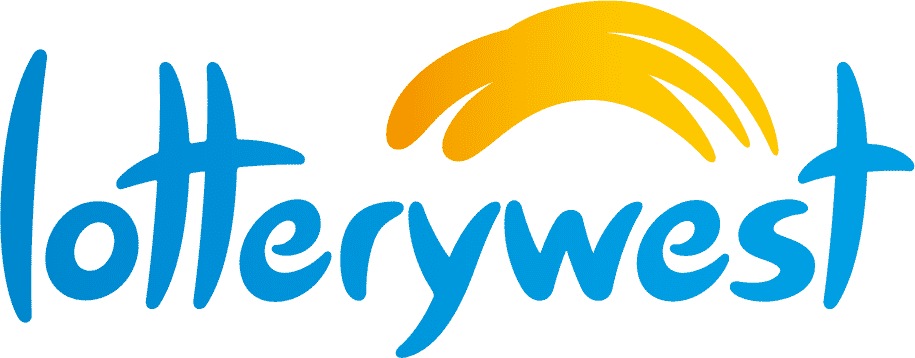Our curriculum-linked School Programs aim to engage, educate and inspire our next generation of medical researchers.
Programs for Years 6 to 12 run Monday to Friday during term time. Students work with scientists and university science undergraduates. In our purpose-built teaching laboratory, students will use research-grade equipment and the latest technology to consolidate learning in a practical, hands-on way.
Content is themed using current research projects at the Perkins and is linked to the Australian Curriculum and WACE courses – giving students a firm understanding of how their lessons relate to real-world scientific discovery. The unique experiences are purposely built around a number of STEM career pathways.
Five-hour sessions for years 8 – 12, run from 9:30 am to 2:30 pm. Two-hour sessions for years 6 and 7 run in the morning from 10 am to 12 pm or in the afternoon from 1 pm to 3 pm. We can be flexible to suit your group where possible.
Alternately, email the BioDiscovery Education team to discuss what the Lotterywest BioDiscovery Centre can offer your class.
To book a session, complete the form at the bottom of the page.

